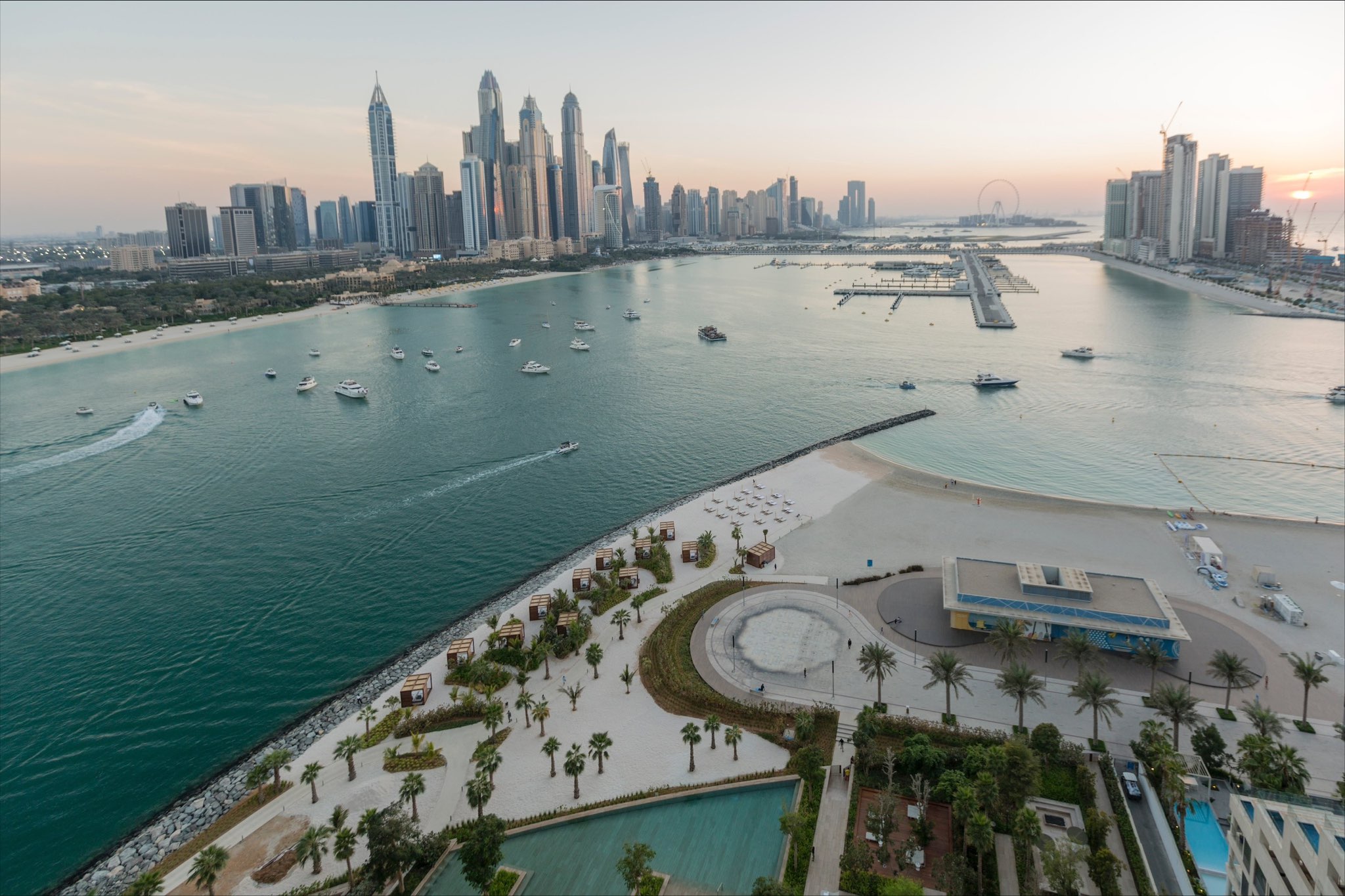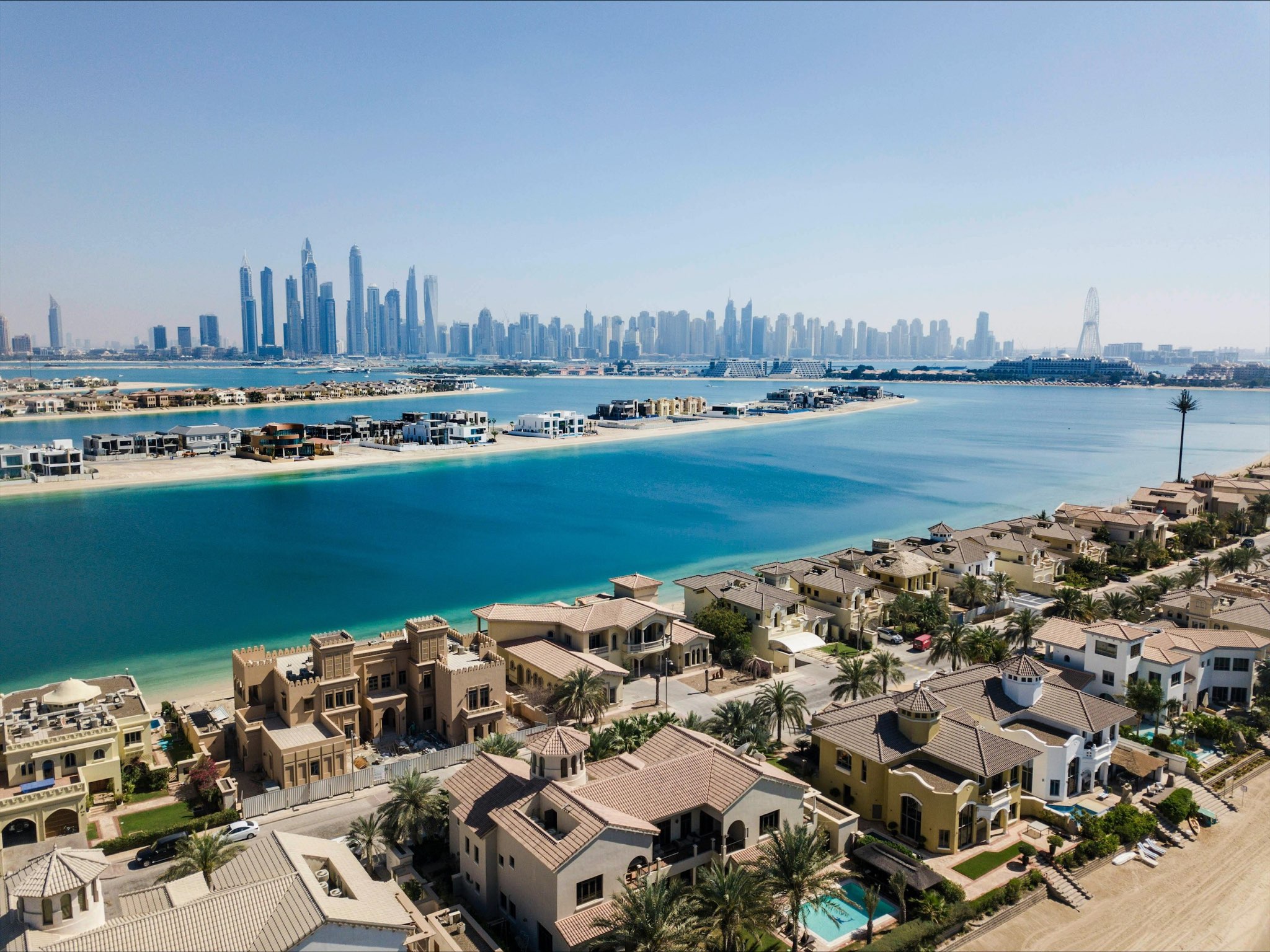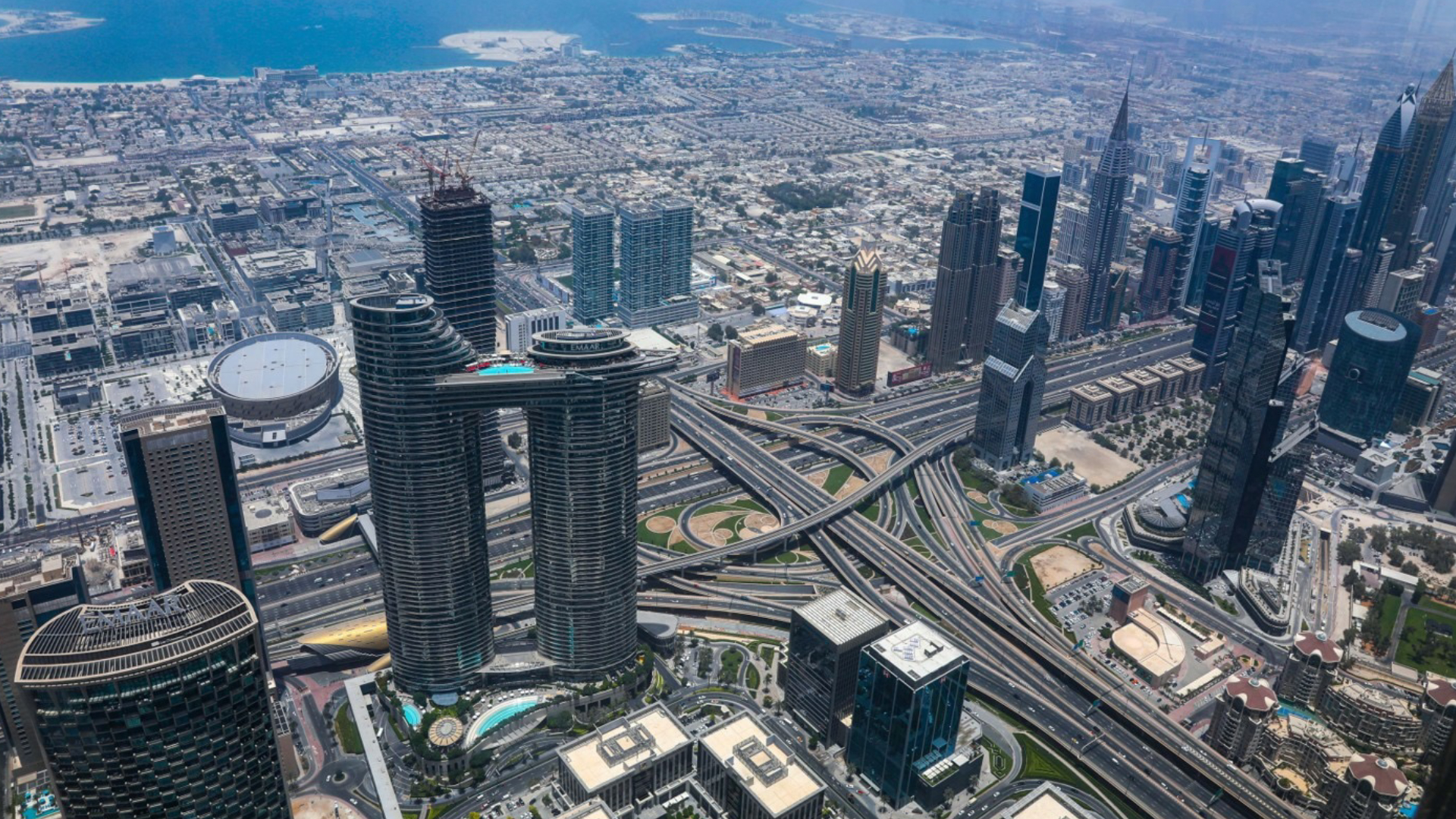The humble origin of Dubai from a small fishing village into an ultramodern city today is a tale of global transformation, resilience, and adaptability. It is an exemplary model for innovation and excellence in diversity, economic wealth, and cutting-edge infrastructures.
It was in the early 20th century when Dubai diversified its economy from trade- and oil-based to service- and tourism-oriented, which further resulted in real estate and property appreciation. “Dubai’s position along the Persian Gulf made it an ideal trade and transit hub. Its visionary leaders recognized the potential to diversify the economy beyond oil and create a sustainable, prosperous future,” explains Architect Ian Fulgar, the principal architect of Fulgar Architects.
In his recent visits to Dubai, Architect Fulgar attributes the city’s advancement to its focus on coastal land reclamation. It’s an urban development strategy that creates new land from the sea, which, in the case of Dubai and other areas in the United Arab Emirates, involves dredging sand and sediment from the Persian and Arabian Gulf’s floors to spray and “vibro-compact” into shape using GPS technology for precision and be surrounded by millions of tons of rock for protection. “The construction required the expertise of international engineers, architects, and environmental specialists who worked together to ensure that the project was both structurally sound and environmentally sustainable,” he says.
“Limited land availability in Dubai prompted urban planners to look to the ocean as a solution, and coastal land reclamation is a forward-looking approach to urban development,” says Architect Fulgar. This allowed architects and urban planners to expand spaces, design sustainable and efficient infrastructure, and incorporate the latest technologies and best practices in urban planning without infringing on existing natural land.

From the Palm Islands and the World Islands to Dubai Marina and Burj Al Arab, Dubai draws global attention and fosters economic diversification. These developments significantly enabled the city to explore projects in the residential, commercial, and tourism industries.
In the first half of 2023 alone, Dubai’s economy expanded an annual 3.2% to $60.9 billion. Its air transport, hotel and food services sectors benefited from increased demand for travel from a record of 8.55 million international visitors in the first six months of the year.
The city also welcomed over 30,000 new businesses, with startups and SMEs continuously searching for fresh talents in the finance, digital tech, and legal sectors. The strong demand for these diverse opportunities leads to further job creation, attracting tens of thousands of people to migrate to Dubai. New figures from the Dubai Statistics Centre show that almost 100,000 people moved to the city over the past 12 months.

With the surge in population and businesses, real estate consultants urge for more and quicker real estate investments to keep pace with the growing housing and office space needs. Global real estate consultants Knight Frank projected that about 40,000 homes are up for completion in 2023 and a remarkable 85,200 new ones are set to grace the city’s skyline by the end of 2028.
“Dubai’s journey from a humble fishing village to an ultramodern metropolis is a testament to the power of strategic planning, visionary leadership, and innovative development. By adopting these lessons and focusing on sustainable growth, the Philippines can capitalize on its potential and carve a path to a brighter future,” Architect Fulgar concludes.






















